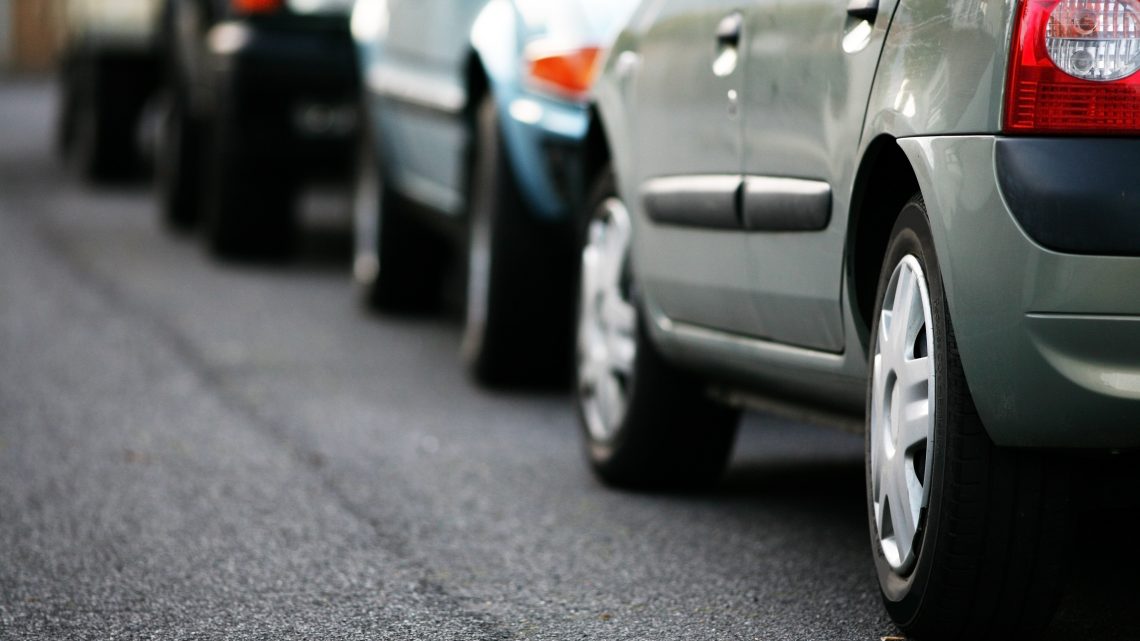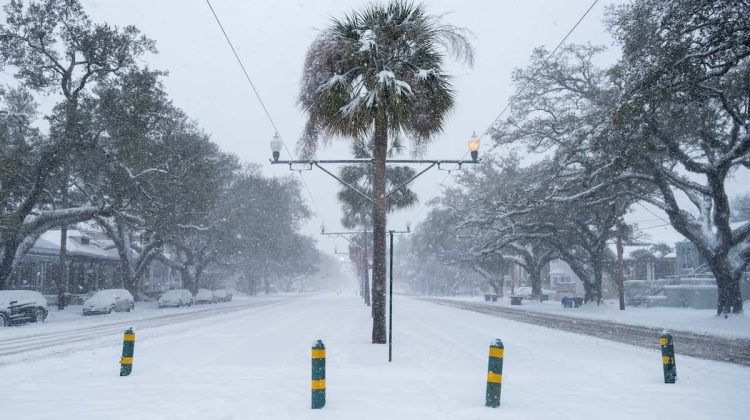Car accidents are common on our roads to the point that it has become rather easy for most experienced attorneys to determine who is at fault in a given vehicle accident. However, things get way more complicated when there are multiple vehicles involved in the accident.
In Texas, it’s essential to determine the fault of the accident before the insurance claims process can begin. Given that Texas is a “Fault” state, it will be the responsibility of the at fault party to pay for everyone else’s damages in the accident. An experienced attorney would need to conduct a deep and detailed investigation to get to the bottom of it.
Who Caused the Initial Collision?
In many cases of multiple-car collisions, the driver responsible for the initial collision is the one found at-fault for the accident. Although multiple people may have suffered injuries and damages in the crash, the at fault party would be responsible for the accident.
For example, in a chain-accident between 3 vehicles, Vehicle #1 crashes into Vehicle #2 which in turn swerves and crashes into Vehicle #3. In this situation, even though Vehicle #1 only had contact with one car, the owner will be responsible for damages for all 3 vehicles because they were responsible for causing the initial collision.
Because of the complicated nature of these cases, it could be extremely tough to truly determine who started the initial chain reaction. So it is always recommended to go through a thorough investigation with an experienced car accident attorney to find out who’s at fault.
Comparative Negligence in Texas Car Accident Cases
In the case where both parties are found to share the liability for an accident, the state of Texas follows a modified comparative fault rule. This means the total damages to the plaintiff would be reduced by a calculated percentage equal to their share of the fault.
This rule is applied even if the plaintiff is found to be mostly responsible for the accident. For example, if the jury decided the plaintiff is 40% responsible for the accident, they would be entitled to 60% of the damages.
Additionally, since Texas follows a modified comparative fault rule, you receive absolutely nothing if you are more than 50% at fault for the accident.
Top Causes of Chain Reaction Car Accidents
Numerous factors can contribute to causing a chain reaction car accident but some elements are more likely to lead to serious accidents than others. Some of the main factors are sudden changes in weather, drivers that are distracted, and driving under the influence of drugs or alcohol.
Changing Conditions
Whenever weather conditions are less than ideal, accidents are more likely to occur. Because the weather could completely change in a short amount of time, drivers are expected to drive with extra caution. If a driver is negligently driving a little too fast for the conditions or is swerving between traffic when the visibility is low, poor weather might exacerbate the issue even more and cause a serious crash that could’ve been avoided.
Distracted Driving
Today, there are more distractions than ever that keep the attention of drivers away from the road they should be focused on navigating. Most prominent examples include texting and speaking on the phone, eating while driving, using the navigation or infotainment system. What these people fail to recognize is the horrible outcomes distracted driving could cause. Thousands of chain reaction crashes happen throughout the country every year, and the worst part is that most of them could’ve been avoidable.
Drunk Driving
There are many good reasons why it is illegal to drive under the influence of alcohol. It’s widely known that alcohol lowers the ability to think, respond, and act quickly. This makes it extremely dangerous to drive under the influence as the possibility of getting in an accident jumps through the roof. A recent study of all fatal alcohol-related car accidents in the country found that Texas has as the 3rd lowest BAC level overall.





No Comment